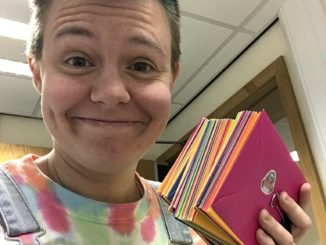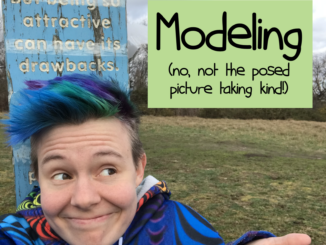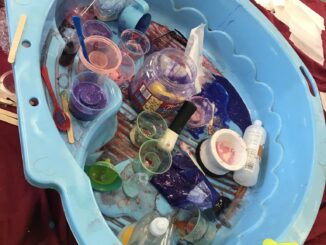A few years ago, I was working as an occupational therapist for a group institution/foster home for older children with disabilities. I could basically come once a week and do a group activity that anyone could participate in if they wanted to. It needed to be accessible to a wide range of ability levels.
This was probably the activity that I put the most up front work into and it was one of my biggest successes.
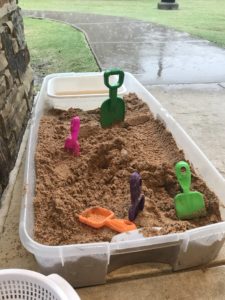
I asked in a rock collecting group about where I could buy cheap gems or semi-precious stones. I was picturing, like, the kind that you buy in a tourist gift shop and they’re in a big bin — I loved those when I was a kid, and I thought these kids would probably love them too. Instead, much to my surprise, when I explained my reason for asking, a bunch of people offered to send me their old ones or ones that they had multiples of. I got SO many gorgeous rocks sent to me!
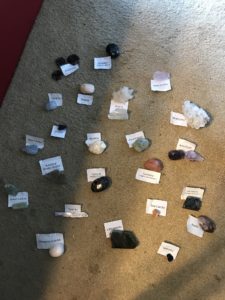
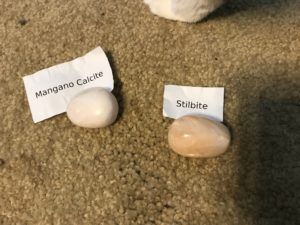
I also ordered a set of plastic gems and “gold nuggets” from Amazon so that all of the kids could definitely have a keepsake afterward, since I was planning on hanging on to the actual, proper rocks. (It wasn’t safe to leave the kids with rocks that were very different from one another, because it was too emotionally overwhelming to have to cope with getting something different than another child got. But the plastic gems were identical to one another except for color, so that was a safer and less overwhelming memento to take away from the activity.)
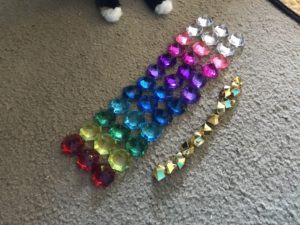
I made this binder book. The page at the front was for the plastic, fake gems, but gave the equivalent of their names as if they were real gemstones (ruby, topaz, etc). Then I made pages that gave the real names for the semi-precious stones as well.
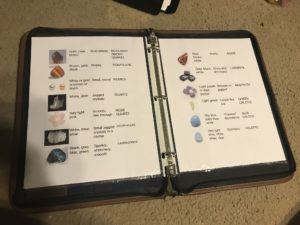
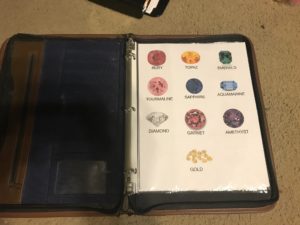
I set up a box of sand with the rocks hidden inside it. I brought shovels, a bin of clean water, and strainers so that we could “sift” or “pan” for the gems as well.

Some of the kids were at a level where they more or less just wanted to play with the sand or the plastic gems. Some of the kids worked on strengthening and two-handed coordination and how to use tools/utensils by scooping and digging and sifting with the strainers. Some of the kids were able to actually use the identification book to search for the gems they had found, and talk about them with me. We talked about some descriptive words, like sparkly, shimmery, cracked, jagged, see-through (transparent or translucent) and not-see-through (opaque), smooth, rough, etc. We also talked about jobs/fields of study like archaeology, paleontology, and geology.
When I shared an example of interest-driven, child-led play in my own children (that I’m the parent of) who are preschool age, some folks asked me about what child-led learning might look like in older children. This does not 100% answer that question, as this was a pretty unique setting. The kids were age 8-17 and had various disabilities, mental and physical. Also, the setting required me to put a lot more work into facilitating the exploration and learning, and I had much less freedom to just follow their lead. Still, I think that the idea itself could inspire ideas for how to adapt a similar setup to wherever you’re at. 😊

